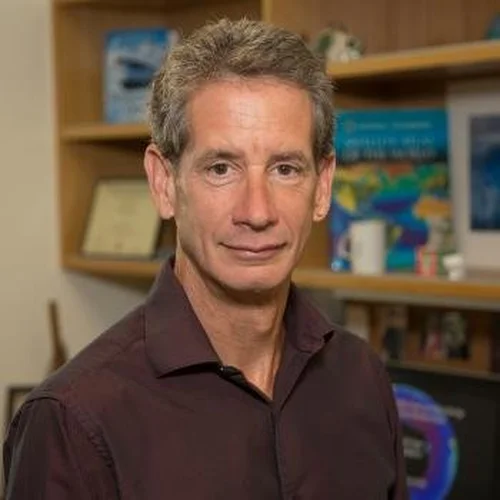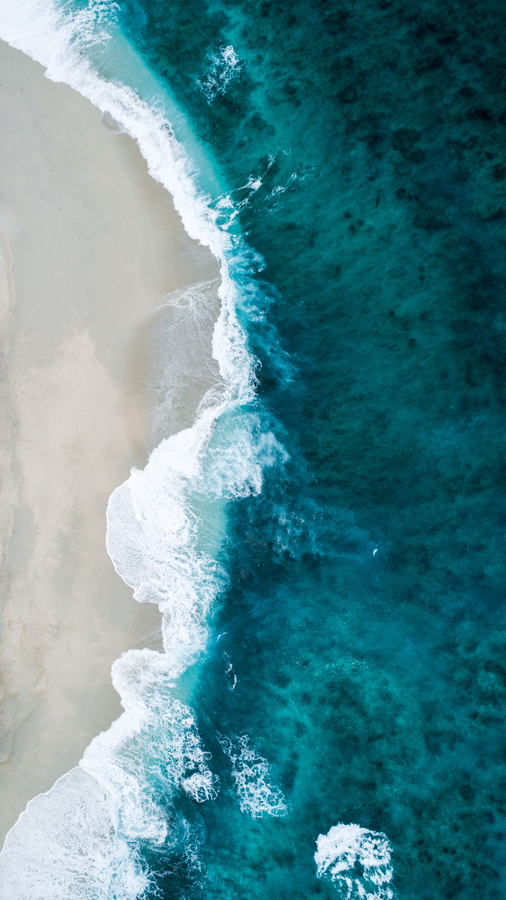Overview
Over the last few decades, the Arctic Ocean has been losing sea ice at an alarming rate. Satellite data analysis has revealed that this loss of sea ice has led to large perturbations to the marine ecosystem, particularly at the bottom of the food web. In particular, net primary production by phytoplankton has increased dramatically in recent years, possibly due to increased nutrient delivery of nutrients into surface waters. In addition, the thinning sea ice in the Arctic has made it possible for phytoplankton to bloom while sea ice is still present. These blooms are often unaccounted for because they are invisible to satellites, but they have been observed during multiple cruises, including our recent ToTS (Tale of Three Systems) cruise to the Chukchi Sea in summer of 2023. The shifting timing and magnitude of phytoplankton blooms in the Arctic is likely to have profound consequences for Arctic marine ecosystems and the communities that rely on them.

Bio
Dr. Kevin Arrigo received his B.S. in Natural Resources from the University of Michigan in 1983. After working for the Michigan Department of Natural Resources, he attended the University of Southern California, where he earned his Ph.D. in Biological Sciences in 1992. He went on to a postdoctoral position at the NASA Goddard Space Flight Center and became a civil servant there in 1995. In 1999, he joined the Stanford University faculty as an Assistant Professor in the Department of Geophysics, where he stayed until 2007, when he joined the Department of Environmental Earth System Science. Arrigo served as director of the interdisciplinary Graduate Program in Earth, Energy, and Environmental Sciences from 2005-2013. In 2012, he became co-director of the Earth Systems Program within the School of Earth Sciences. He has served on a number of university committees, including the Committee on Academic Computing and Information Services (2010-2012), the Committee for the Review of Undergraduate Majors (2010-2013), and the Bing Overseas Studies Faculty Oversight Committee (2011-present). As a biological oceanographer, his principal interest has been in the role marine microalgae play in modulating the cycling of carbon and nitrogen, with particular emphasis on the scales of temporal and spatial variability of biological productivity in polar oceans. This knowledge is essential to understanding how anthropogenic and atmospheric forcing controls the biogenic flux of carbon dioxide into the oceans and, ultimately, to the sediments. His research is highly interdisciplinary and incorporates three fundamental approaches, (1) satellite remote sensing, (2) ecophysiological modeling, and (3) laboratory and field studies. By combining these techniques, it is possible to address many complex aspects of ocean biogeochemistry at spatial and temporal scales that would not be possible using a single approach.
